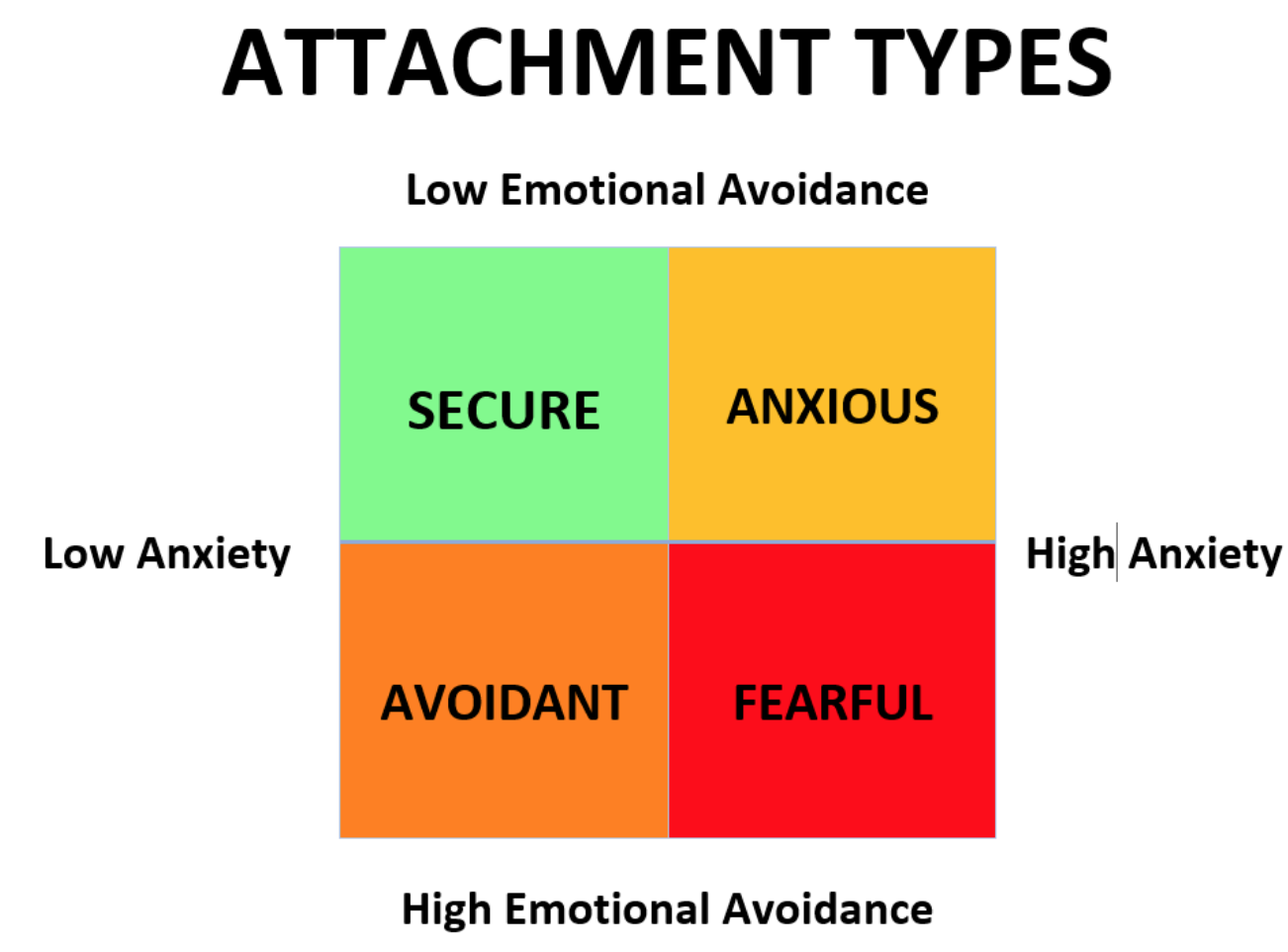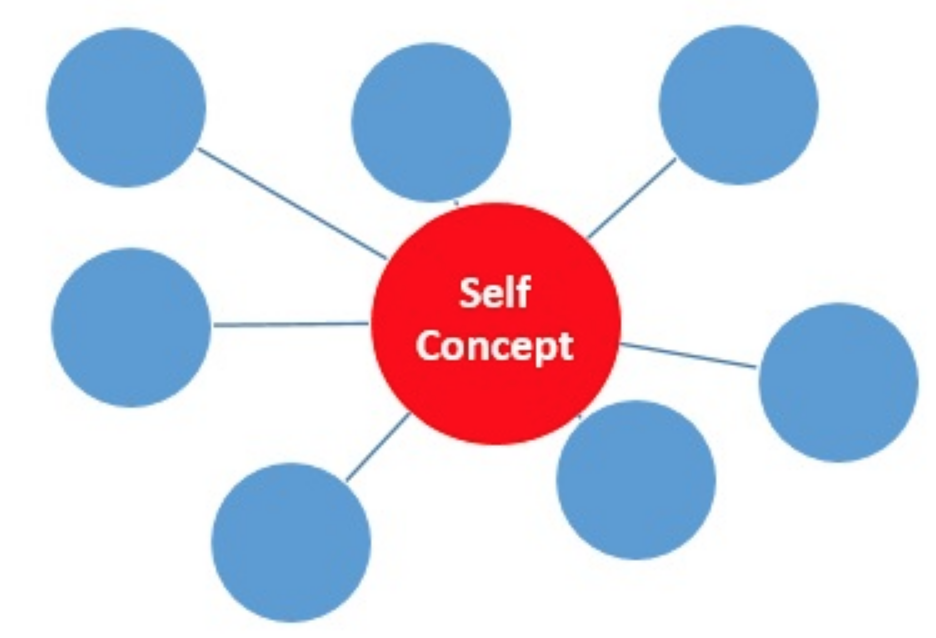3 Ways Your Childhood Influences Your Relationships
How many times have your relationship arguments ended with a childhood story? “It all started when I was a kid… and that’s why I act the way I do.” Turns out there’s a lot of truth behind it.
While you might question the connections from your childhood to your romantic life, there’s actually a profound impact from the way we’re raised to the way we look for (and act in) loving relationships.
Here are three of the most significant ways your childhood could be impacting your relationship now:
What are attachment styles?
There are four main attachment styles: secure attachment, anxious attachment, avoidant attachment, and fearful attachment.
A secure attachment style denotes that the individual has a strong bond to the anchor person (parent) and displays confidence when venturing away from their anchor, but is not in any distress when needing to return to the parent. Persons with a secure attachment have faith that the anchor will be there when they return, and as a result, are calm and easygoing in novel situations, able to explore and try new things, but come back to the anchor when they are satisfied.
An anxious attachment style signifies that the individual has an insecure bond to their anchor person (parent). These individuals will showcase behavior that they are unwilling to leave their anchor for very long, for fear of the anchor not being present upon their return. They may avoid leaving the anchor entirely, choosing instead to neglect outside opportunities in order to remain nearby to the anchor, thereby comforting themselves within their presence.
An avoidant attachment style is marked by a marked dismissal or rejection of the anchor person (parent). This is commonly seen in cases where a child may have been abused or mistreated. The individual can show little care or concern if the anchor leaves, and may not even pay attention to the anchor once they venture on their own. When reunited, the individual may appear to be in distress. A fearful attachment style combines some themes from the anxious and avoidant attachment styles. This kind of attachment blends problems from both prior styles, where the individual is both worried that the anchor person (parent) will not be present when needed, but also weary that the anchor may be neglectful or abusive, so they are kept at a distance. Behaviors produced by this attachment style can look like mixed-signals, with some instances of clingy behavior and other instances of dismissive behavior.
--
The Best Relationship Advice For You: Want guaranteed results? Click here to chat with a relationship coach. We have a team of highly trained relationship coaches who get you, get your situation, and help you accomplish what you want. They help you through complicated and difficult love situations like deciphering mixed signals, getting over a breakup, or anything else you're worried about. You immediately connect with a coach on text or over the phone in minutes. Just click here to start.
--
How did my childhood form my attachment style?
These are developed in infancy and early childhood as we learn that our parents / guardians are either reliable or unreliable caregivers. Through our obvious need to be cared for and inability to take care of ourselves as children, we have to rely on parental figures to provide things like food, shelter, safety, and comfort. As they succeed or fail in providing these things for us, we learn whether we can count on them to be there to meet our needs.
you may be able to ‘re-learn’ a more secure attachment through positive experiences with romantic relationships and peers as an adult.
How do I know which one I have?
You can find tests online ranging from free to $7 USD to get an analysis of your attachment style. A thorough understanding of your childhood family dynamics can also help you identify where you might fall, and asking a professional with experience in psychology or childhood development can also help.
Can I change my attachment style?
Secure attachment is considered to be the most advantageous attachment style. This kind of attachment allows the individual to have a feeling of confidence and comfort in their caregivers, while still feeling independent enough to venture on their own, exploring new opportunities, and pursuing goals that have moderate risk.
However, it’s important to note that attachment styles are just one facet of healthy, fulfilling relationships in later childhood and adulthood. If you have identified that your attachment style was negatively impacted in childhood, you may be able to ‘re-learn’ a more secure attachment through positive experiences with romantic relationships and peers as an adult.
Relationship Templates
A relationship template is the outline of your expectations for how a ‘normal’ relationship is supposed to work.
These outlines form from our exposure to relationships as children, both in real life and in other media like film, literature, television, and music. These templates begin to form in our youth and can lay the foundation for our relationship expectations as adults.
Learning by Osmosis
Which relationships did you see growing up? You may think of interactions between parents, grandparents, aunts and uncles, older siblings, friends’ parents, or peers at school. In each of these interactions, your growing brain was collecting valuable information about the ‘rules’ of relationships. How do two people act when they are happy with one another? When they are angry? When is it expected to apologize, and when do you walk away? As you observe other relationships, your brain builds associates and parameters for how you can expect to be treated, and how you will treat others. If the relationships you’re exposed to are rich in positive and respectful behavior, you’re likely to exhibit the same kind of behavior to your future partners. If you’re exposed to neglectful, controlling, or abusive relationships, you may be more likely to exhibit the same kind of behavior (or connect with a partner who acts in a similar way). In some cases, exposure to unhealthy relationships can have an opposite effect, guiding those people further away from potentially risky matches.
The Fairytale Syndrome
Many children around the world grow up watching or hearing versions of the Princess-Rescued-By-Prince fairytale. Throughout the iterations of this story, a damsel in distress must be discovered and saved by a handsome, capable (and often wealthy) prince charming. This relationship template can create unhealthy and unrealistic expectations for all involved because it downplays the complex and necessary process of getting to know someone before deciding whether we can commit to being their partner. It can also lead to “being in love with ‘being in love’”, and an over-romanticization of how real-world relationships work. Fairy tales are not the only culprit- romantic comedies like Sleepless in Seattle, Pretty Woman, The Mailbox, and even plays like Romeo & Juliet are also to blame for our ‘magical’ impression of relationship dynamics.
If your self image is inaccurate or incomplete, you may be matching or trying to connect with people who aren’t compatible with you, which can lead to frustration in dating or relationships.
Self-concept
The self-concept is what we think and believe about ourselves, including our self-image, our self-worth, and our ideal-self. These three elements combine to give us a sense of who we are and is developed throughout adolescence and young adulthood.
Self-image: Our self image is the internal view that we have of ourselves. It’s marked by physical traits (I have blonde hair, I am tall, I am athletic), personality traits (a sense of humor, diligence, ambition) and social roles (brother, friend, teammate, student). If your self image is inaccurate or incomplete, you may be matching or trying to connect with people who aren’t compatible with you, which can lead to frustration in dating or relationships.
Self-worth: Your self worth is the extent to which you like or approve of yourself. Also called self-esteem, self worth involves a bit of self-evaluation, which can be impacted by the evaluations we hear from peers, parents, and teachers. A positive self worth often leads to a bigger sense of confidence, optimism, and an ability to ‘not care what others think,’ while a negative self worth can lead to a lack of confidence, pessimism, and a desire to look and act like others (who are evaluated as ‘better than us’). If your self worth is too positive, you may appear egotistical or narcissistic. If it is too negative, you may come across as insecure or self-deprecating. Both of these can negatively impact your ability to form and sustain healthy relationships.
Knowing who you are, what you want, and how you expect your relationships to function all begin in your childhood.
Ideal-self: The ideal self is the version of yourself that you’d like to become one day. This ideal self is a culmination of your ‘5-year goals’, achievements, aptitude, and abilities. If your goals and ambitions are similar to your actual life experience, then you are likely to reach self-actualisation and will also be more likely to value yourself positively. If your ideal self seems out of reach or unlikely to actualize, you may become disheartened or discouraged with yourself, which can lead to a reluctance to date or connect with others.
At the same time your self-concept is forming, you also have opportunities to discover hobbies, interests, and talents that you possess. Perhaps you discover your love of board games, an interest in yoga and meditation, or a skill for juggling. As you learn more about the things that inspire, captivate, or thrill you, you’ll be able to put yourself in situations to experience these activities, and in turn, meet more people with similar interests.
The more people you can connect with people who like similar things, the more you’ll have in common, and potentially, the more connections you can make. In the same breath, finding hobbies that you don’t enjoy allows you to narrow your search, and focus on finding people who share your tastes. Discovering appropriate hobbies, interests, and talents gives you a better sense of the kind of partner you’d like to meet.
Knowing who you are, what you want, and how you expect your relationships to function all begin in your childhood. You might find that the definition you have for yourself, your goals, or your desired partner can vary greatly at different points in your life, which is okay - we don’t stop growing or learning when we become an adult. Important lessons and healthy attitudes can be learned (or re-learned) over and over again throughout our entire lifetime. Allowing yourself to acknowledge and embrace where your story began is an important part of writing the ending that you’ll be proud of.


